Sodium cyanide, a highly toxic compound, is widely used in various industries, particularly in mining and chemical manufacturing. Its cubic crystal structure appears as white crystalline particles or powder, often characterized by a faint smell reminiscent of bitter almonds. Due to its extreme toxicity, even minimal exposure through skin contact, inhalation, or ingestion can lead to severe poisoning or death. Consequently, strict safety measures are imperative for anyone involved in the handling and use of Sodium Cyanide.
Understanding the Risks
The dangers associated with sodium cyanide cannot be overstated. It is classified as a highly toxic substance, and its potential for causing harm necessitates rigorous adherence to safety protocols. Operators must be acutely aware of the risks and take proactive steps to mitigate them. This includes wearing appropriate personal protective equipment (PPE), following established operating procedures, and ensuring that safety measures are in place at all times.
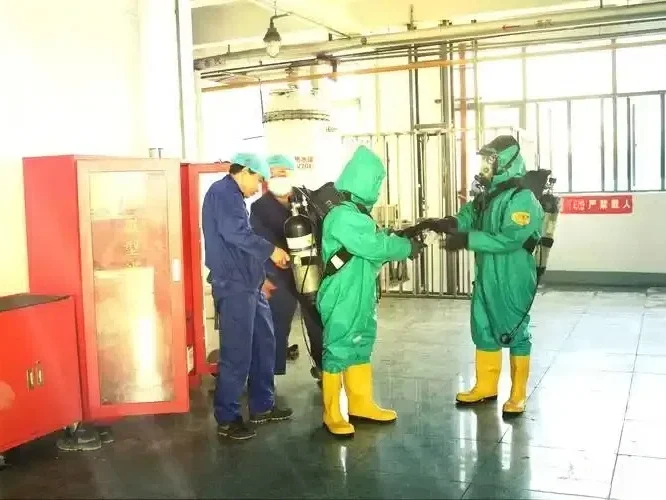
Essential Safety Requirements
1. Personal Protective Equipment (PPE):
Operators must don appropriate PPE before engaging in any activities involving Sodium cyanide. This includes:
Gas Masks: To prevent inhalation of toxic dust or vapors.
Rubber Gloves: To protect against skin contact.
Work Clothes: To minimize the risk of contamination.
It is crucial that operators wash their hands thoroughly after handling the substance and refrain from eating, drinking, or smoking in areas where sodium cyanide is present.
2. Supervision and Teamwork:
The operation of sodium cyanide must always involve at least two individuals. One person should be responsible for the operation, while another supervises. This "one person operating and one person supervising" rule is vital for ensuring safety and accountability. The implementation of the "five pairs" regulations for highly toxic substances is mandatory, which includes:
Two individuals for custody.
Two keys for access.
Two logs for documentation.
Two personnel for delivery.
Two operators for usage.
3. Material Receipt and Documentation:
Upon receiving sodium cyanide, the workshop director must complete a "Material Receipt Form," detailing the quantity received and the individual responsible for the receipt. This process requires two material receivers to accompany the form to the warehouse, where the health staff from the safety and Environmental Protection department will supervise the transaction. Accurate documentation is essential for tracking and accountability.
4. Operational Procedures:
When preparing to use sodium cyanide, operators must adhere to strict operational protocols:
Carefully fill out the "Receiving and Dispatching Record" and the "Material Receipt Form."
Ensure that the quantity of materials received matches the documented amount.
When opening barrels or containers of sodium cyanide, operators must do so in a well-ventilated area to minimize inhalation risks.
5. Emergency Preparedness:
In the event of a leak or spill, immediate action is required. Operators should have Sodium Thiosulfate lotion readily available to neutralize any accidental skin contact. For spills, flushing the area with sodium hypochlorite solution or bleaching powder is recommended to mitigate the effects of the toxic substance.
Training and Certification
Only certified personnel should be authorized to handle sodium cyanide. Comprehensive training programs must be established to educate operators on the properties of sodium cyanide, the associated risks, and the necessary safety protocols. Regular refresher courses should also be conducted to ensure that all personnel remain informed about best practices and any updates to safety regulations.
Conclusion
The handling of sodium cyanide presents significant risks that require stringent safety measures to protect workers and the environment. By adhering to established protocols, utilizing appropriate PPE, and ensuring proper supervision and documentation, operators can minimize the dangers associated with this highly toxic substance. Continuous training and a commitment to safety are essential components of any operation involving sodium cyanide, ensuring that all personnel are equipped to handle the material responsibly and effectively.
- Random Content
- Hot content
- Hot review content
- Potassium Permanganate – Industrial Grade
- Phosphoric Acid 85% (Food grade)
- Lithium chloride, 99.0%,99.5%
- Food grade Antioxidant T501 Antioxidant 264 Antioxidant BHT 99.5%
- Benzonitrile
- Adipic acid 99% used as the material of nylon 66
- Magnesium Sulfate
- 1Discounted Sodium Cyanide (CAS: 143-33-9) for Mining - High Quality & Competitive Pricing
- 2China's New Regulations on Sodium Cyanide Exports and Guidance for International Buyers
- 3Sodium Cyanide 98% CAS 143-33-9 gold dressing agent Essential for Mining and Chemical Industries
- 4International Cyanide(Sodium cyanide) Management Code - Gold Mine Acceptance Standards
- 5China factory Sulfuric Acid 98%
- 6Anhydrous Oxalic acid 99.6% Industrial Grade
- 7Oxalic acid for mining 99.6%
- 1Sodium Cyanide 98% CAS 143-33-9 gold dressing agent Essential for Mining and Chemical Industries
- 2High Quality 99% Purity of Cyanuric chloride ISO 9001:2005 REACH Verified Producer
- 3Zinc chloride ZnCl2 for High Molecular Weight Polymers Initiator
- 4High Purity · Stable Performance · Higher Recovery — sodium cyanide for modern gold leaching
- 5High Quality Sodium Ferrocyanide / Sodium Hexacyanoferr
- 6Gold Ore Dressing Agent Safe Gold Extracting Agent Replace Sodium Cyanide
- 7Sodium Cyanide 98%+ CAS 143-33-9

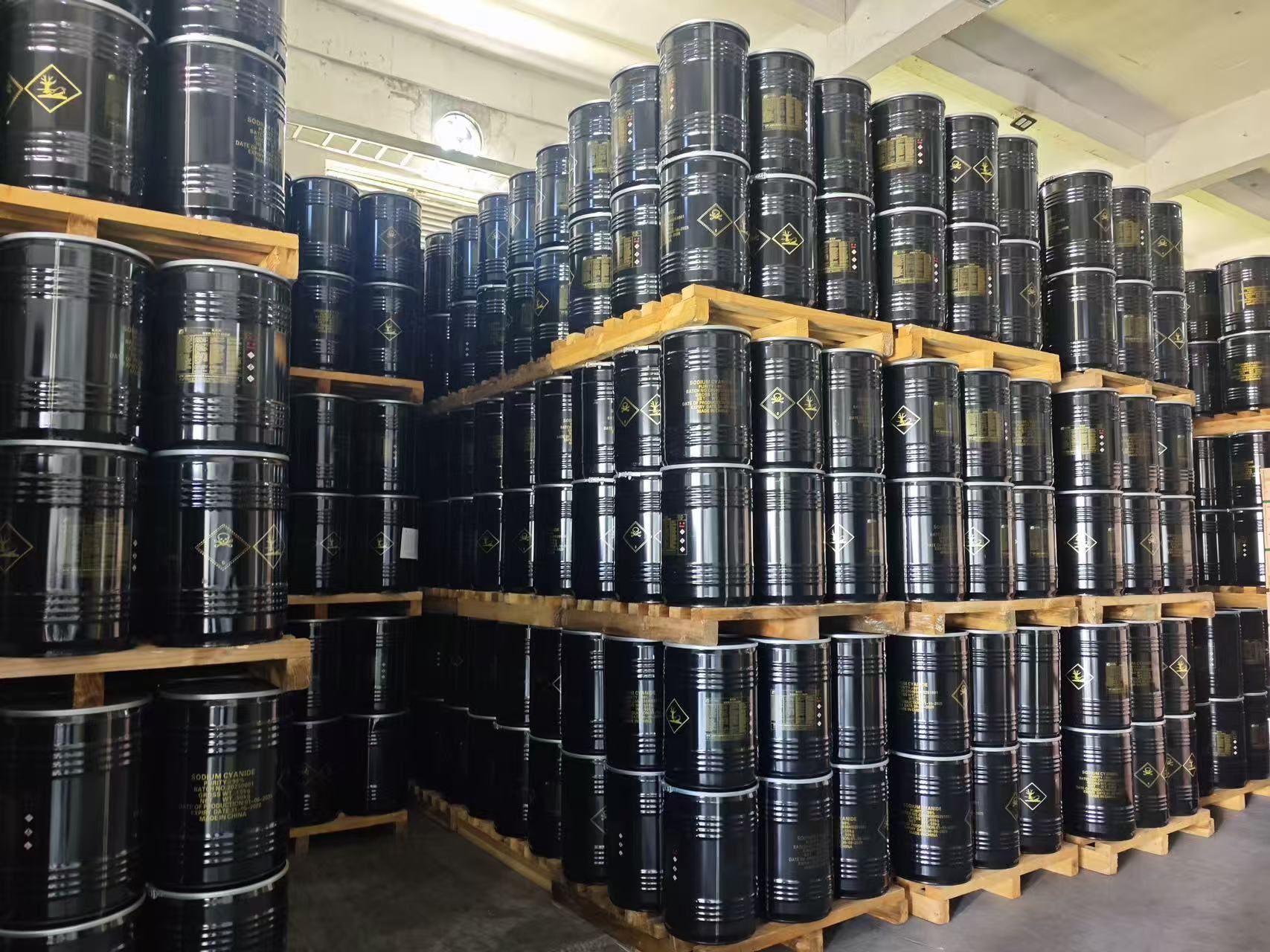
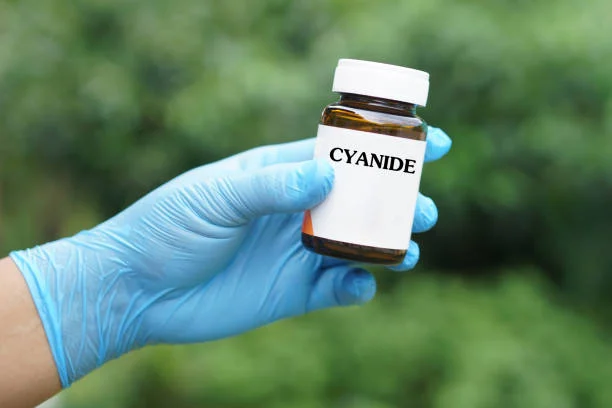
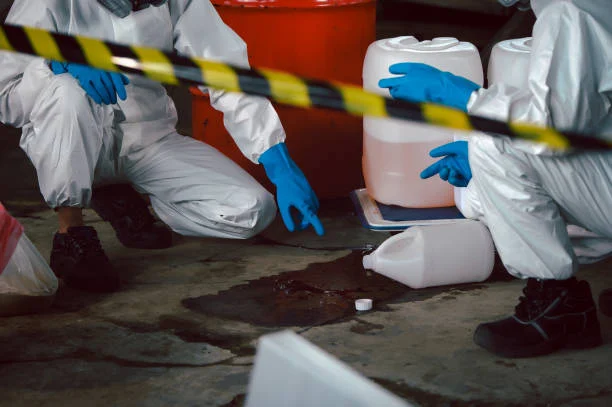
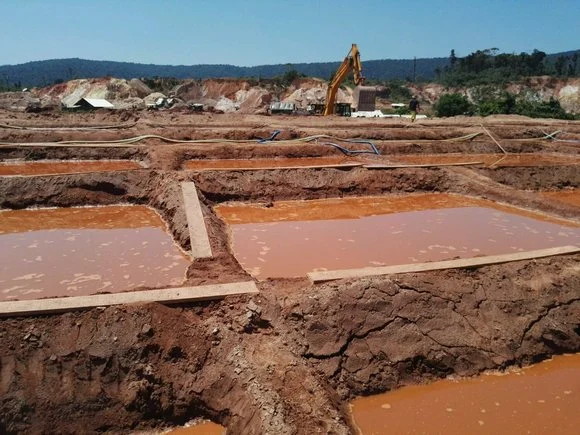
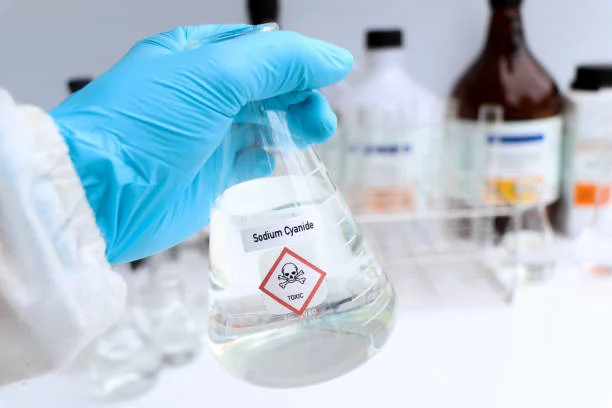


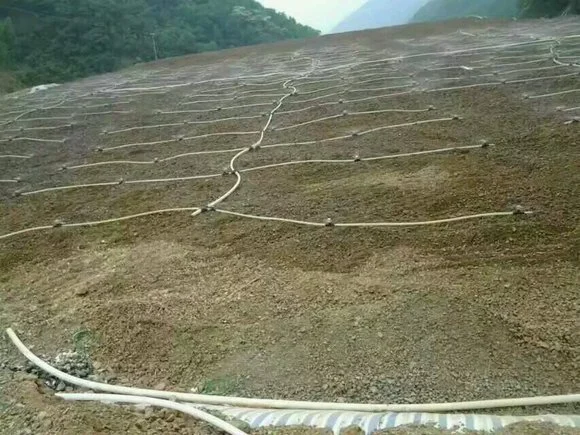


Online message consultation
Add comment: